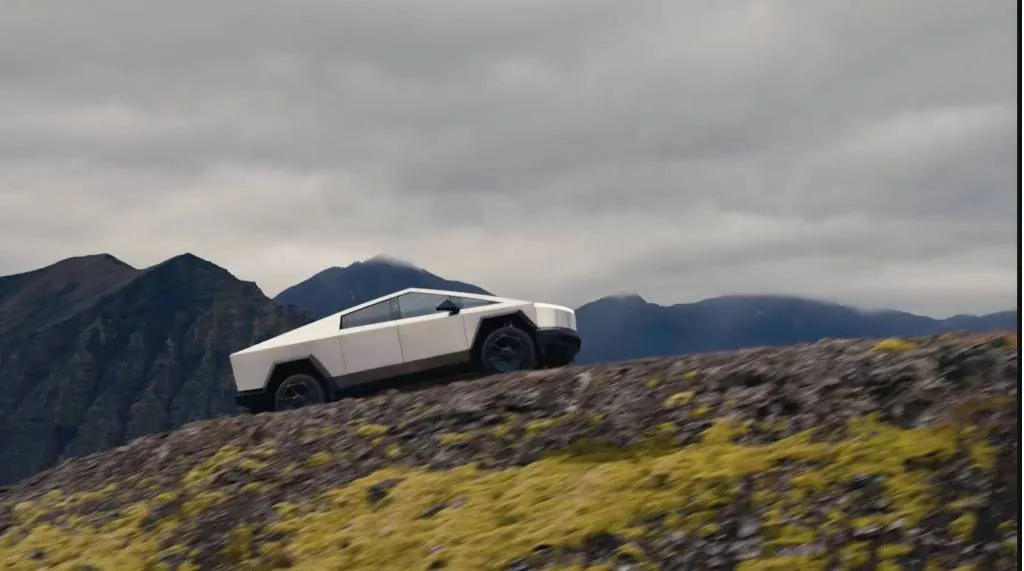Tesla’s $25,000 electric car is back on—and it may be due for production as soon as next year, according to a report citing several separate sources within the company.
According to the Reuters report, Tesla sent an invitation for supplier bids for a model code-named Redwood last year, then predicting weekly production at 10,000 vehicles—implying a potential annual output for the model of more than 500,000.
The news certainly doesn’t come out of the blue. Tesla made the potential of a “compelling” $25,000 Tesla with fully autonomous drive capability, due in three years, the focus of its 2020 Battery Day. While 2023 has come and gone. The automaker has been setting into motion most of the other battery tech it outlined in that presentation that would enable the game-changing car, set to be powered by LFP batteries, is being realized.
$25,000 Tesla teased for 2023 – Battery Day
In 2021, the top Tesla executive in China confirmed Chinese development for an entry-level Tesla below the Model 3. Then in October 2022, Musk confirmed that the company is working on a third platform, for smaller vehicles (and according to the report called NV9X internally), with production volume to exceed that of all its other vehicles combined. That would allow future Tesla EVs to cost half as much to make.
But it’s been a confusing trajectory, and it’s unclear whether China is at all still connected. Musk had just some months earlier, in January 2022, said that it wasn’t working on the $25,000 EV and said that the availability will matter less with self-driving robotaxis. Executives kept the idea of an affordable model alive but seemed to imply it had been made a back-burner project. In the interim, increased scrutiny from the federal government about Tesla’s self-driving claims may have led the company to once again make the project a priority.
Making a successful affordable small car (or crossover, as this is reported to be)—and making it profitable—is one of the keys for expanding Tesla’s reach into new markets, like India. But making the model fit as an entry EV for the U.S. and Europe as well is a challenge that has led legacy automakers to balk.
The Reuters report notes that, in the development stages for this model, Tesla tore down a Honda Civic. Honda plans a 2025 Civic Hybrid for the U.S. market starting this year. But just earlier this month at CES Honda CEO Toshihiro Mibe said that such a small, affordable EV would be difficult to make profitably without “a breakthrough type of tech” like solid-state batteries.
The model might be built in Texas, according to the report, with Germany and a potential future plant in India possibly on deck for a global production ramp. It could be one of the two products Musk said last year were in the works and potentially adding up to 5 million units a year globally.

Tesla Cybertruck
That said, Tesla also has a history of setting production timelines that are so accelerated they verge on farcical, according to some accounts, while it’s often struggled to meet its original price targets. Most notably, Tesla lost some of the initial wave of interest in the Model 3, which was due to start at $35,000—although it eventually delivered on that. It originally revealed the Cybertruck in 2019 as due in 2021 with a starting price of $39,900, while at this time, deliveries of a base $60,990 model won’t start until 2025. And then there’s the Roadster, which was revealed in production-intent concept form in 2017 but still hasn’t arrived.
Will Tesla mention more about the affordable small-car project in its presentation to investors later today? As it’s shown repeatedly, don’t count it out for a lot of growth yet to come.
Read the full article here



